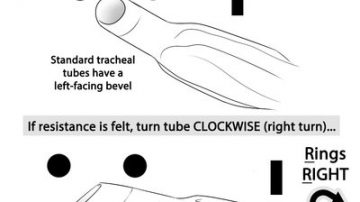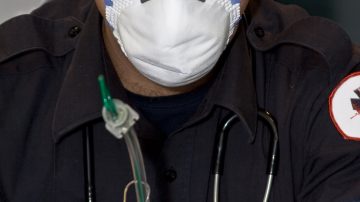More Articles – Cardiovascular diseases, Central line, Chest Tube, Featured, Infections, King Tube, medical procedures, Respiratory diseases, Thoracentesis
More Tags – chest tube, empyema, featured, HPC updates, parapneumonic effusion, pleural effusion, thoracentesis, tube thoracostomy
Complicated parapneumonic effusions frequently represent pleural space infections. Approximately 1 in 7 cases of pneumonia have an associated parapneumonic effusion (PPE) on chest x-ray. Most of these effusions are small and usually resolve spontaneously with prompt antibiotic administration. However, moderate-to-large…
Read More











